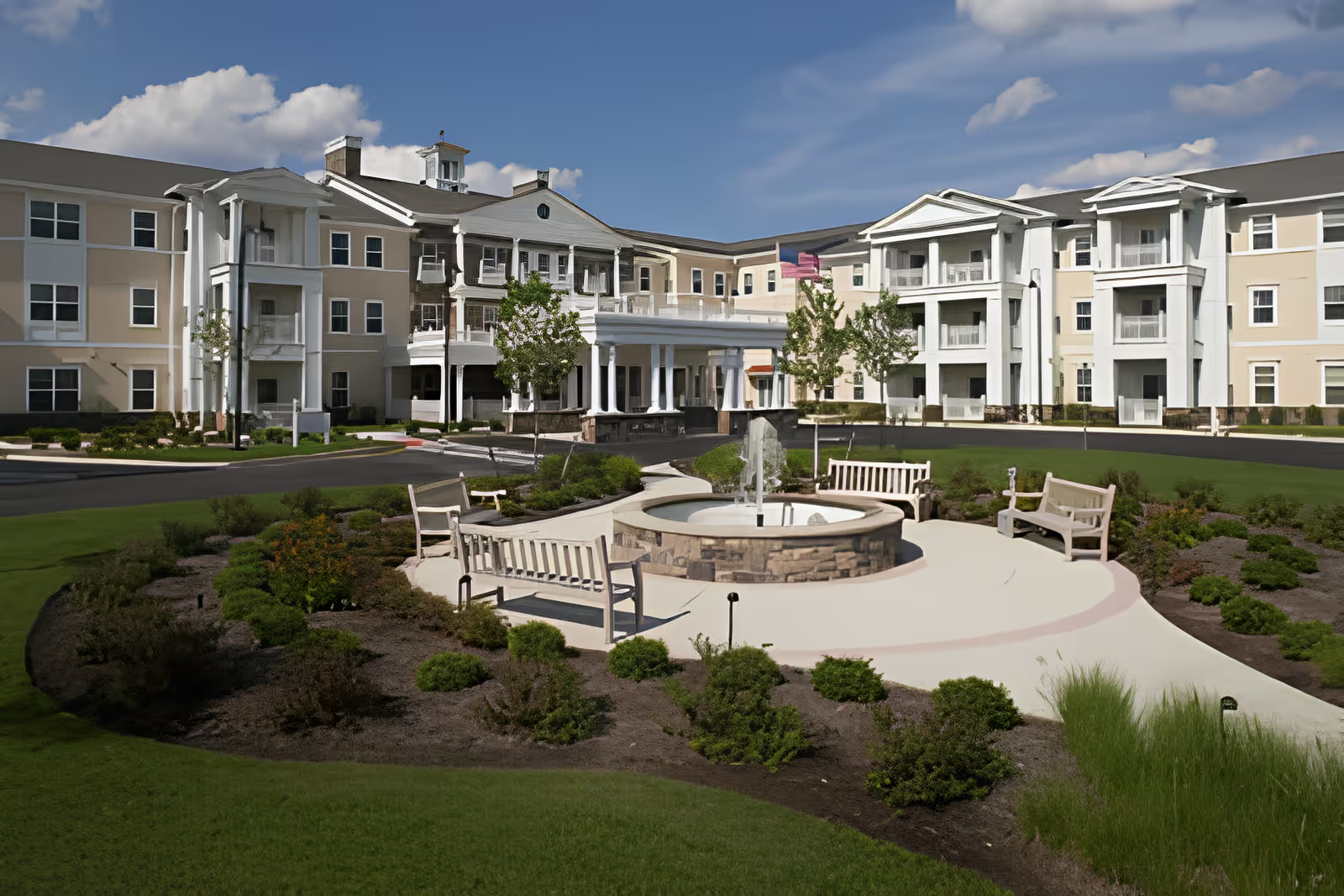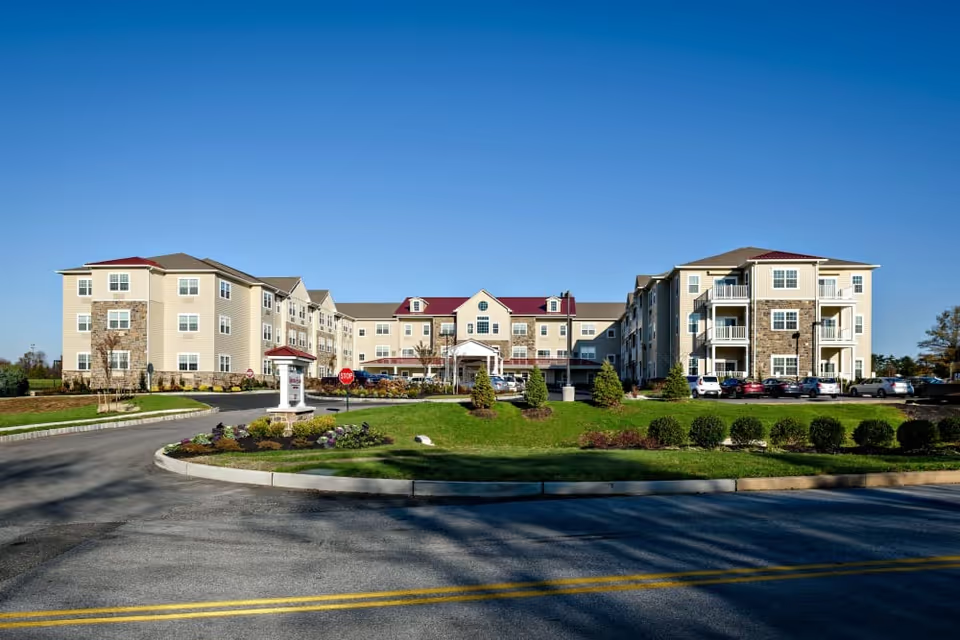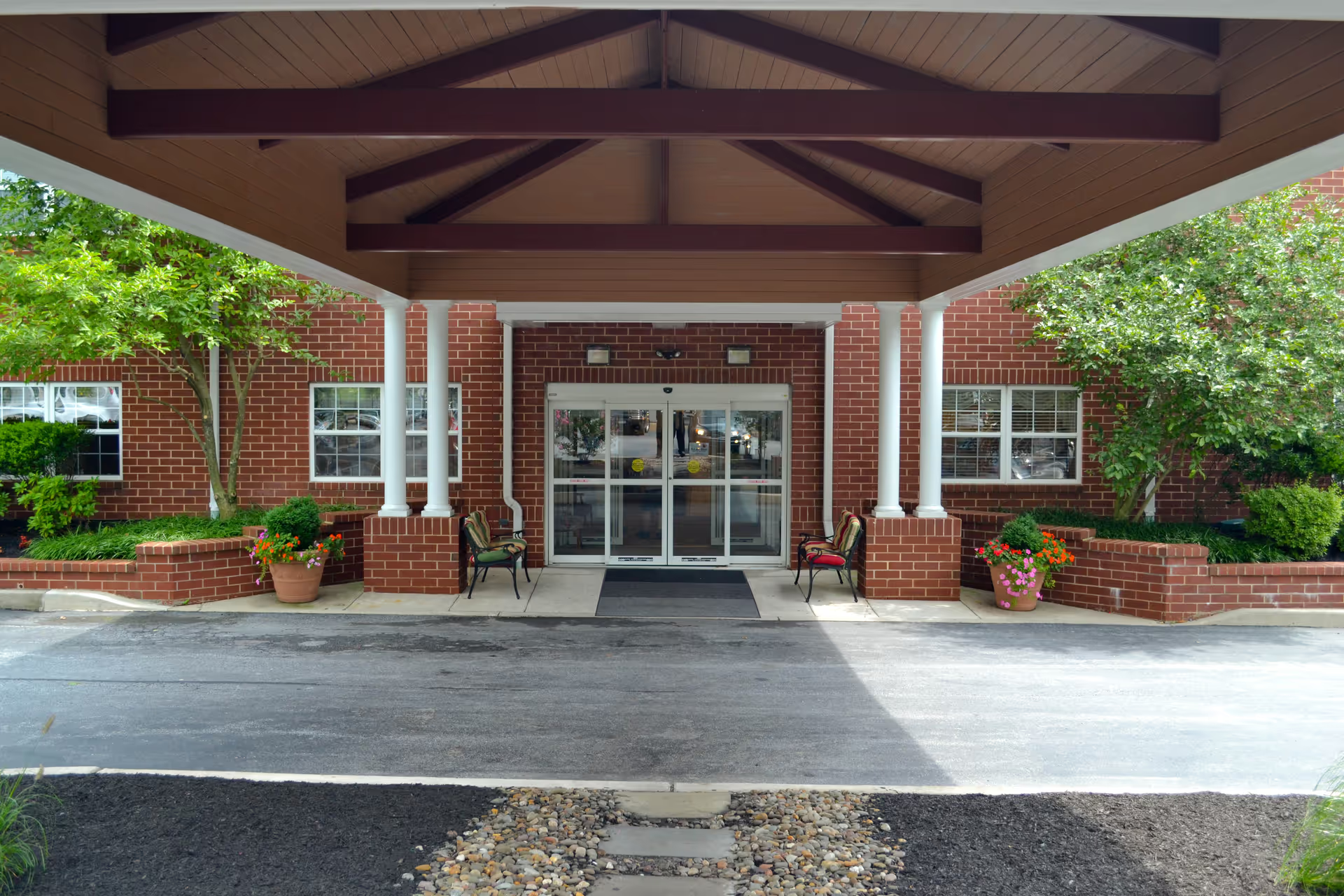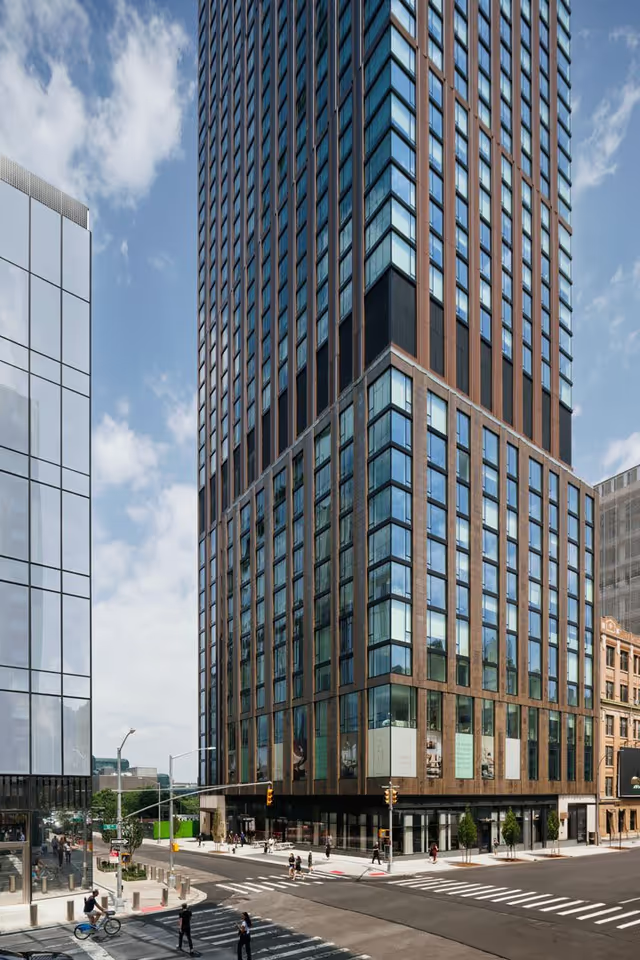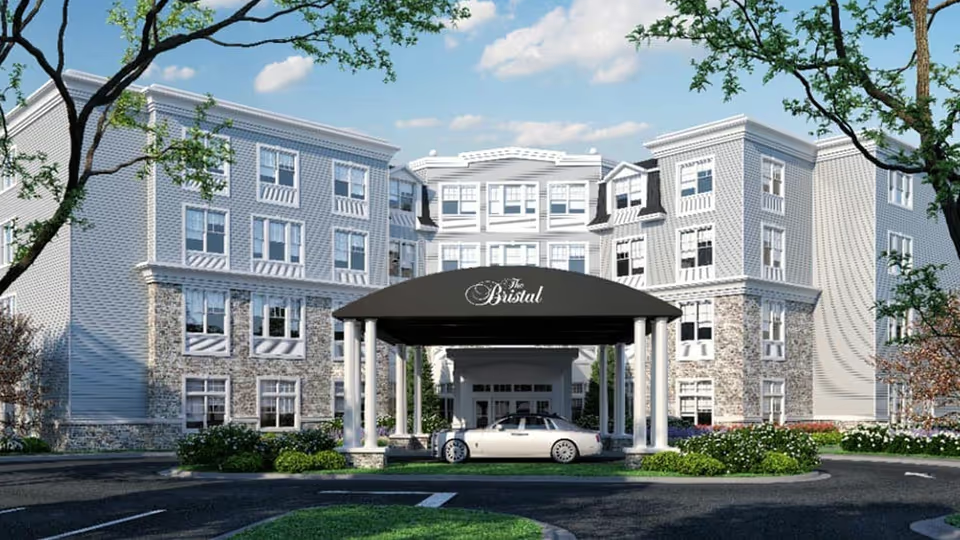The reviews for Spring Oak at Berlin are strongly polarized and reveal two major narratives: a substantial number of highly positive experiences emphasizing compassionate, attentive staff, engaging activities, and a well-maintained, comfortable facility — and a smaller but alarming set of negative reports alleging neglect, poor medical responsiveness, and serious adverse outcomes. The dominant themes in positive reviews are repeated praise for specific caregivers and administrators, a robust activities program, a bright and welcoming physical environment, and strong communication with families. Conversely, the negative comments focus on lapses in basic care, inconsistent staff behavior, and significant safety and medical concerns.
Care quality and staffing: Many reviewers describe aides, nurses, and directors who are hands-on, kind, and go beyond expectations to comfort residents. Comments mention 24/7 care, hospice support, and named staff who provided exceptional attention and peace of mind to families. However, several reviews describe starkly different experiences: unresponsive staff, unanswered call buttons, residents left in the same clothes for days, and alleged neglect culminating in dehydration or an injury requiring hospitalization. There are also reports of miscommunication among nursing staff about medications. Taken together, these accounts suggest notable variability in care quality—excellent service at times and worrisome gaps at others — which may reflect staffing inconsistencies, shift-to-shift differences, or management/oversight problems.
Facilities and environment: Multiple reviewers praise the facility as clean, bright, and well-kept with ample natural light, spacious rooms, and memory-care-specific spaces such as a dining hall. Amenities cited include a movie area and a home-like atmosphere. At the same time, some reviewers explicitly report poor cleanliness, maintenance problems, and a dingy or nursing-home-like feel. This contrast again points to inconsistent experiences among residents and visitors; many families are very satisfied with the physical plant, while others have observed areas of neglect.
Activities and social life: One of the clearest strengths across reviews is the active engagement program. Numerous accounts mention bingo, parties, book club, trips, and frequent social events that keep residents involved and connected. Reviewers commonly report that activities staff are proactive and create a lively environment that helps residents form friendships and improves spirits. This is a consistent positive trend and one of the most frequently praised aspects of the community.
Dining and food service: Feedback on meals is mixed. Several reviewers single out an exceptional chef and excellent food, while others report that the dining experience varies and could be improved. Overall, food quality appears inconsistent across time or among different diners, so prospective families should sample meals during a visit.
Administration and communication: Many reviewers report helpful, responsive administration and front-desk staff, noting quick admissions, clear explanations, and useful assistance for families (including facilitating FaceTime calls for long-distance relatives). These administrative strengths are often cited as providing reassurance. Still, there are complaints about management’s handling of more serious care issues, and at least one review questions the head RN’s effectiveness. Additionally, there are troubling financial-policy concerns raised by reviews: some allege the facility discouraged spend-down of assets and pointed out the presence of Medicaid residents as a negative factor — statements that suggest families perceived bias or opaque financial counseling.
Safety and serious concerns: The most serious pattern in the negative reviews involves safety and medical neglect allegations. Reports include an unresponsive call button during an emergency, injuries caused by aides, packages opened before being given to residents, and extreme neglect such as dehydration leading to kidney failure (as alleged by reviewers). These are serious claims and stand in sharp contrast to the many accounts of high-quality care. Because such events carry substantial health and legal implications, they warrant careful attention by prospective residents and families.
Overall impression and patterns: The aggregate picture is one of a facility capable of providing excellent, compassionate care and an engaging living environment — but with noteworthy variability that has, in some cases, resulted in neglect or harm. Positive comments about staff, activities, and the facility’s look-and-feel are frequent and detailed, suggesting many families experience a high standard of care. However, the presence of multiple severe complaints indicates inconsistent quality control and potential lapses in supervision or staffing on certain shifts or in specific situations.
Recommendations for prospective residents and families based on review patterns: Visit multiple times at different hours (mealtime and evening/night shifts), speak directly with nursing staff and management about staffing ratios and call-button response protocols, ask how medication changes and handoffs are documented, request incident reports or examples of complaint resolution, observe mealtime and an activities session, and get current family references. Also clarify financial counseling and policies regarding Medicaid, spend-down, and billing practices. Given the polarized reviews, due diligence and careful questioning can help determine whether Spring Oak at Berlin’s strong positive attributes are likely to apply to a particular prospective resident or whether the concerns identified in negative reviews represent a meaningful risk.
